Are emojis an actual language?

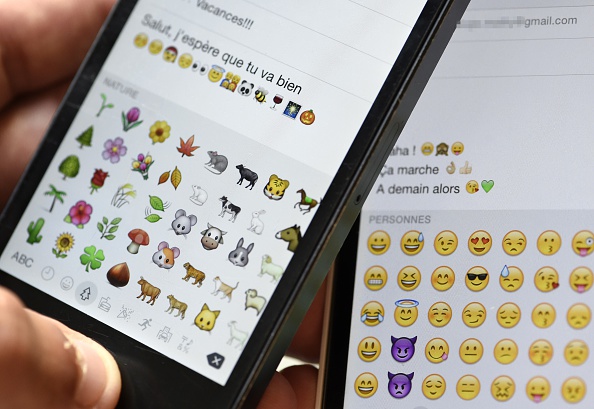
A picture's worth a thousand words, but whether those words are the same for everyone or a thousand different words determines if the image can be considered "language." For the Unicode Consortium, which standardizes letters, numbers, and emojis into numbers that computers can recognize, the legitimacy of emoji as a true language depends on who you ask.
"I can tell you, using language, I need to go get a haircut, but only if I can get there by 3 p.m., and otherwise I have to pick up the kids. You try to express that in emoji and you get a series of symbols that people could interpret in a thousand different ways," Mark Davis, the co-founder and president of the Unicode Consortium, told The New York Times.
But that doesn't mean emojis don't have potential:
The Week
Escape your echo chamber. Get the facts behind the news, plus analysis from multiple perspectives.

Sign up for The Week's Free Newsletters
From our morning news briefing to a weekly Good News Newsletter, get the best of The Week delivered directly to your inbox.
From our morning news briefing to a weekly Good News Newsletter, get the best of The Week delivered directly to your inbox.
Mr. Davis concedes that emojis could one day evolve into something more."It's not a language, but conceivably, it could develop into one, like Chinese did," he said. "Pictures can acquire a particular meaning in a particular culture. I'll mention the infamous eggplant emoji, which has gotten to have a particular meaning in American culture, one which is not shared in a lot of cultures." (Some texters in the United States are using the fruit as a phallus emoji.) [The New York Times]
"In text, you're less expressive if you don't have emojis. And that's a very meaningful and emotional thing that they make you feel like you can express your personal style," elaborated linguist Tyler Schnoebelen. He doesn’t believe emojis are a fully functioning language just yet either, but that "they do function as a sort of written equivalent of body language." Others agree: At least one keyboard company has employed an "emoji grammarian."
The emoji consortium is currently preparing to vote on new emojis including an avocado, two strips of bacon, and a rifle (because, despite protests by gun control group, shooting is an Olympic sport and the new emoji keyboard will come out next summer in time for Rio 2016). Insert excited emoji here.
A free daily email with the biggest news stories of the day – and the best features from TheWeek.com
Jeva Lange was the executive editor at TheWeek.com. She formerly served as The Week's deputy editor and culture critic. She is also a contributor to Screen Slate, and her writing has appeared in The New York Daily News, The Awl, Vice, and Gothamist, among other publications. Jeva lives in New York City. Follow her on Twitter.
-
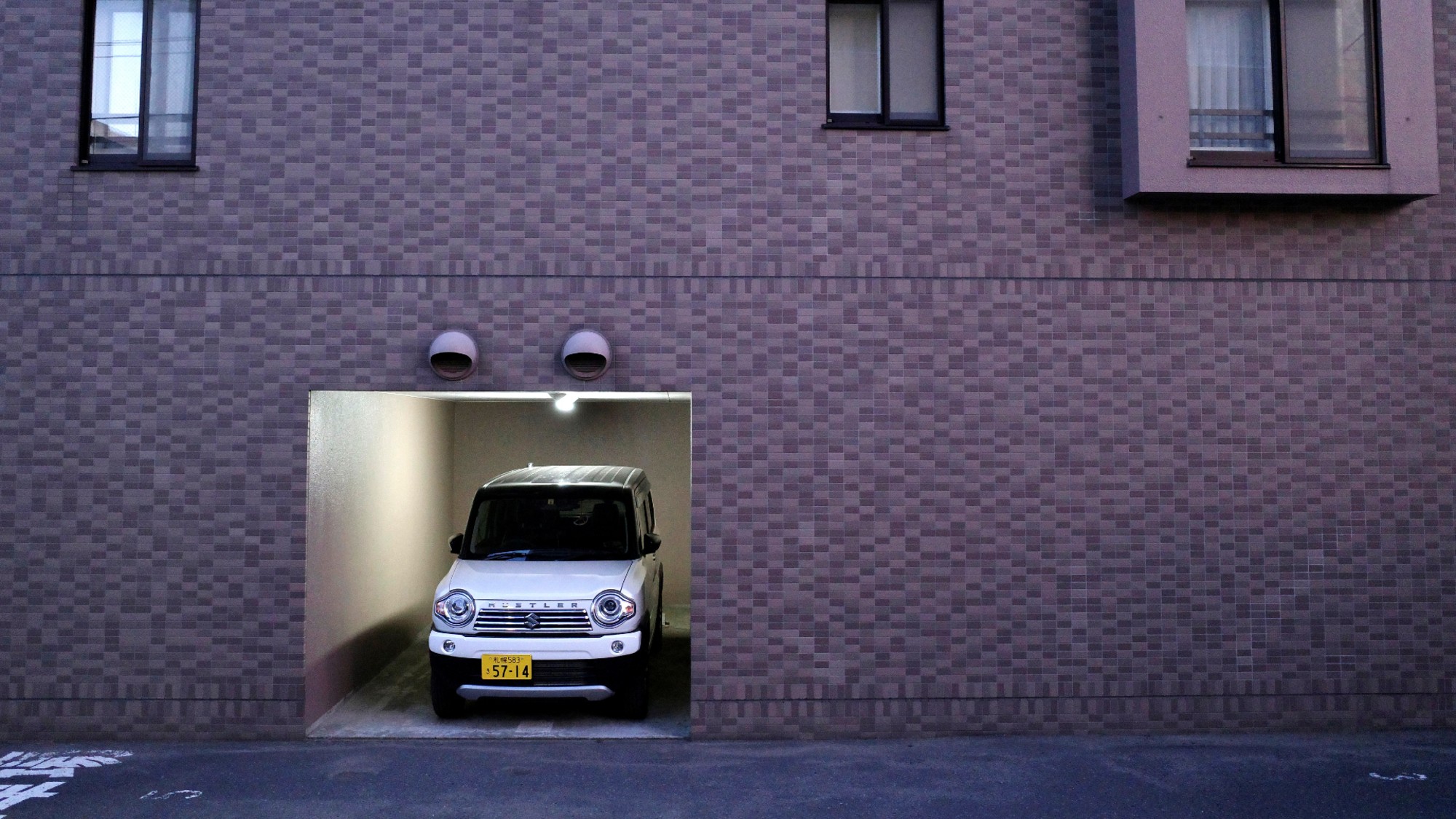 Could smaller cars bring down vehicle prices?
Could smaller cars bring down vehicle prices?Today’s Big Question Trump seems to think so, but experts aren’t so sure
-
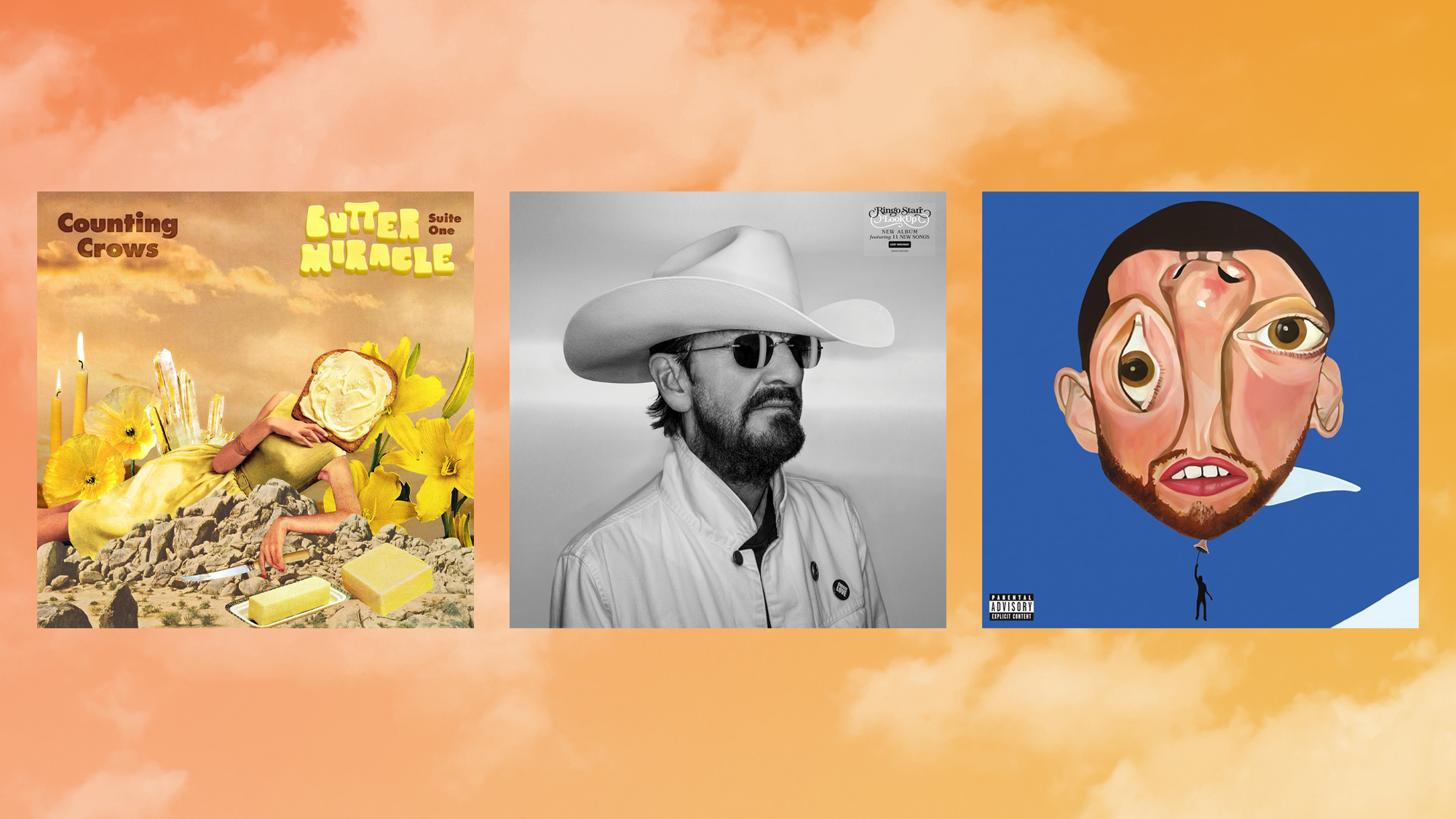 2025’s most notable new albums
2025’s most notable new albumsThe Week Recommends These were some of the finest releases of the past year
-
 Trump aims to take down ‘global mothership’ of climate science
Trump aims to take down ‘global mothership’ of climate scienceIN THE SPOTLIGHT By moving to dismantle Colorado’s National Center for Atmospheric Research, the White House says it is targeting ‘climate alarmism’
-
 Son arrested over killing of Rob and Michele Reiner
Son arrested over killing of Rob and Michele ReinerSpeed Read Nick, the 32-year-old son of Hollywood director Rob Reiner, has been booked for the murder of his parents
-
 Rob Reiner, wife dead in ‘apparent homicide’
Rob Reiner, wife dead in ‘apparent homicide’speed read The Reiners, found in their Los Angeles home, ‘had injuries consistent with being stabbed’
-
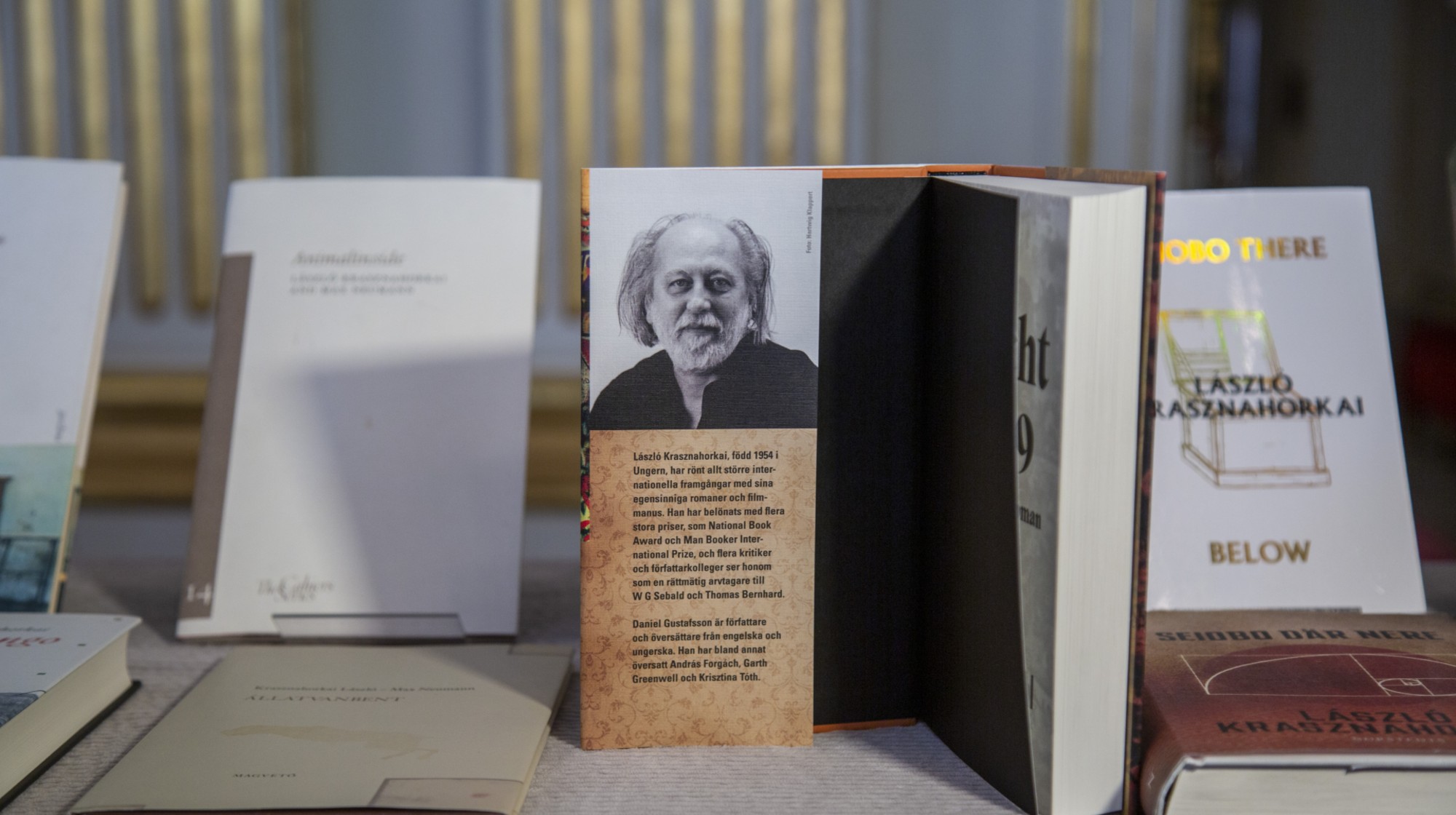 Hungary’s Krasznahorkai wins Nobel for literature
Hungary’s Krasznahorkai wins Nobel for literatureSpeed Read László Krasznahorkai is the author of acclaimed novels like ‘The Melancholy of Resistance’ and ‘Satantango’
-
 Primatologist Jane Goodall dies at 91
Primatologist Jane Goodall dies at 91Speed Read She rose to fame following her groundbreaking field research with chimpanzees
-
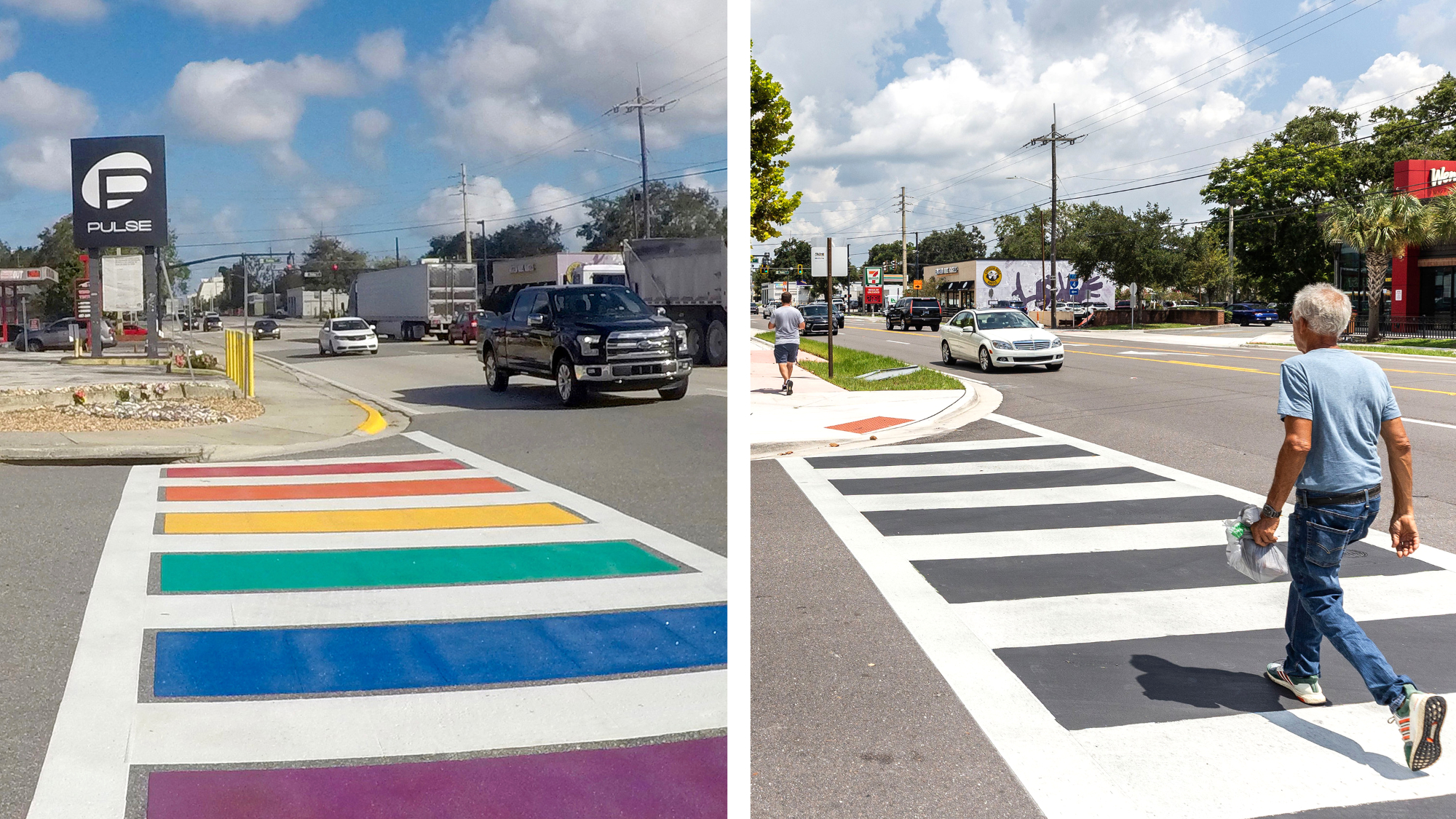 Florida erases rainbow crosswalk at Pulse nightclub
Florida erases rainbow crosswalk at Pulse nightclubSpeed Read The colorful crosswalk was outside the former LGBTQ nightclub where 49 people were killed in a 2016 shooting
-
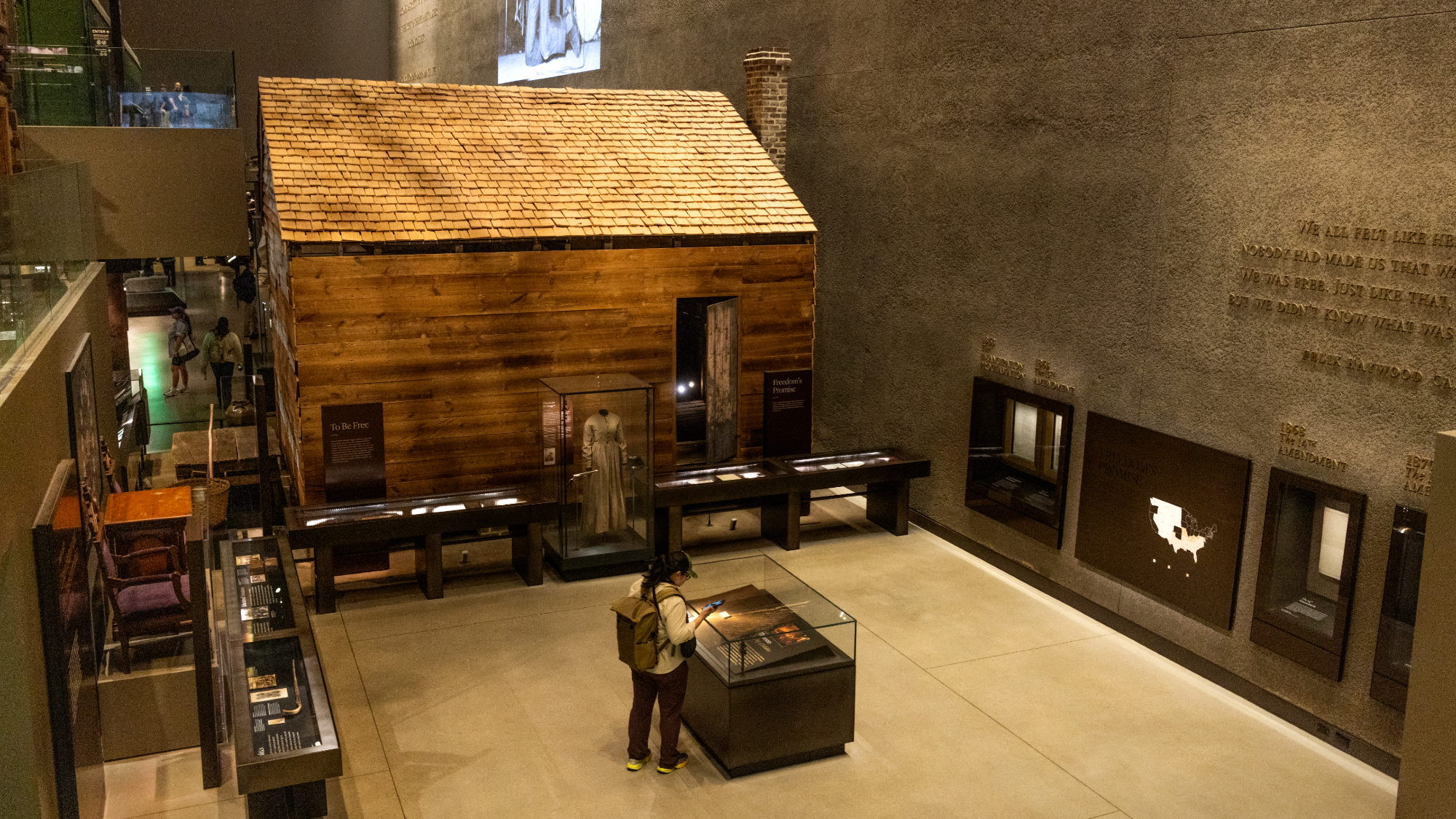 Trump says Smithsonian too focused on slavery's ills
Trump says Smithsonian too focused on slavery's illsSpeed Read The president would prefer the museum to highlight 'success,' 'brightness' and 'the future'
-
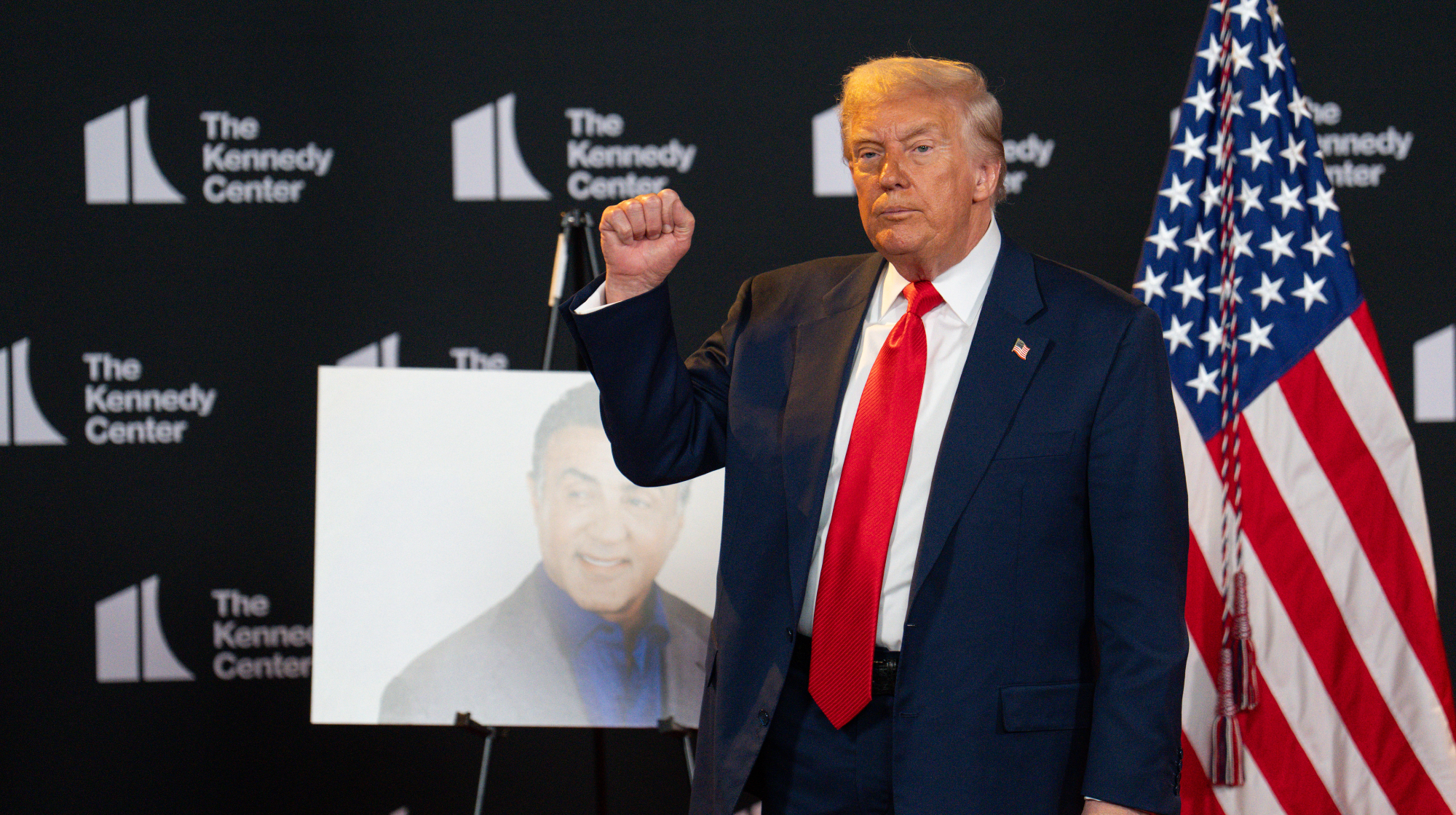 Trump to host Kennedy Honors for Kiss, Stallone
Trump to host Kennedy Honors for Kiss, StalloneSpeed Read Actor Sylvester Stallone and the glam-rock band Kiss were among those named as this year's inductees
-
 White House seeks to bend Smithsonian to Trump's view
White House seeks to bend Smithsonian to Trump's viewSpeed Read The Smithsonian Institution's 21 museums are under review to ensure their content aligns with the president's interpretation of American history
